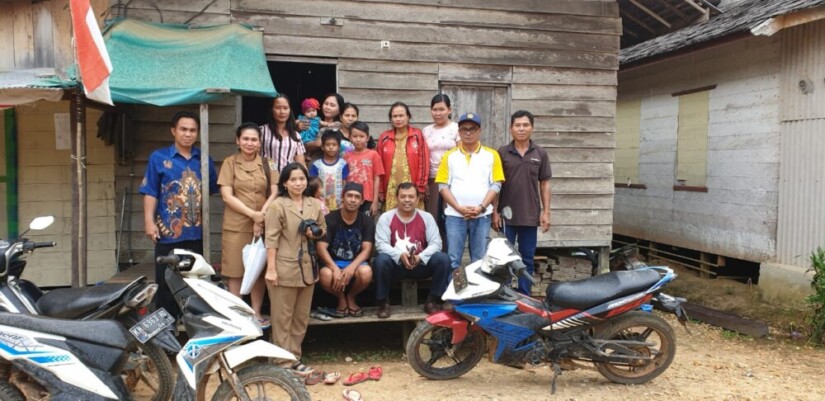
Faculty of Animal Science UGM in cooperation with local government of Katingan regency in Central Kalimantan have conducted research into economic development and development of system integration of oil palm.
“In Katingan there are 31 oil palm plantations that have over 265 thousand hectares of land. These have the potential to be developed into an integration system model of oil palm and cattle breeding,” said Dr. Ir. Bambang Suwignyo, S.Pt, MP, IPM, ASEAN Eng, research team chairman.
Katingan regency has an increasing cow population in the past three years from 8,358 to 8,854 in 2017 and 9,047 cows in 2018, with meat production 1,508,200 tons to 2,613,200 tons and milk production from 433,400 tons to 550,000 tons. Meanwhile, cattle protein consumption also increased from 4.19 g to 5.46 g/capita/day.
“Based on these increased performances, the regency aims to accelerate the production through the integration of oil palm and cattle programme,” he said.
The research has been done to have a more concrete illustration of such programme. Studies have been done from July to November 2019 that identified 5 companies wanting to join the programme. They have the potential of using the greens growing under the oil palm, which is Asystasia gangetica, field grass, and shrubs, amounting 496,157.3 tons.
“Such amount can meet the need of 33,983.38 cattle,” said Bambang.
Cattle carrying capacity of the oil palm’s by-products (stem and leaf, solid and BIS) is 286,122 cattle unit or 6 cattle unit/ha. If the two potential is combined, the land carrying capacity equals 7 cattle unit/ha.
“Based on this potential, we recommend the use of herding system for cattle farming,” he added.
But due to the minimum skills of the breeders, according to Bambang, they need slaughter cow farming to be introduced to them along with utilisation of feed technology.
He added this system application would be done in stages, from regulations, socialisation, education, development, and intensive training.
“The pilot projects of slaughter cow farming are Manduing Lama and Manduing Taheta villages as they already have breeder groups. In addition, the location is close to the PT Intaran plantation that is expected to be a business partner in the integration process,” Bambang concluded.

